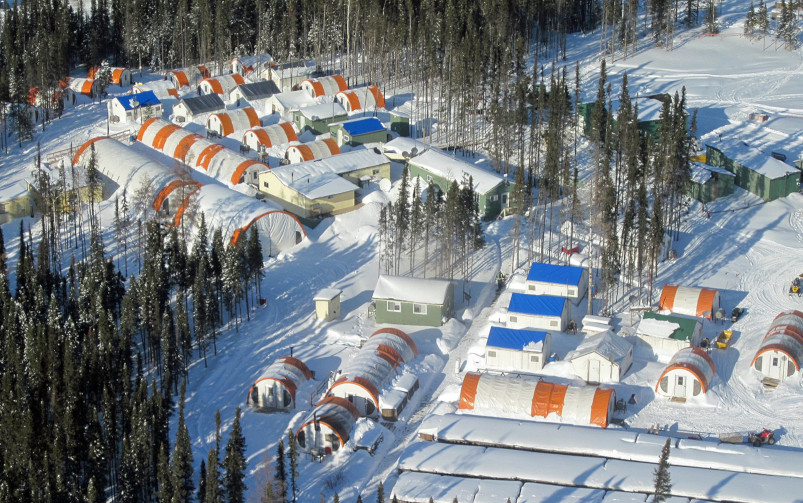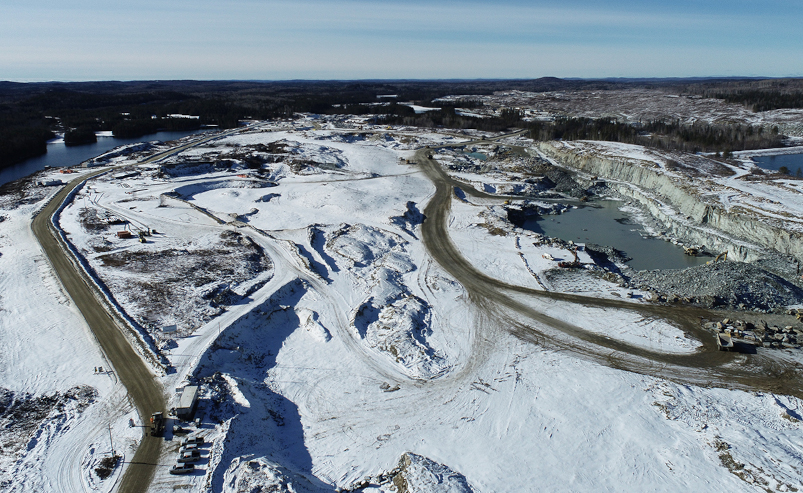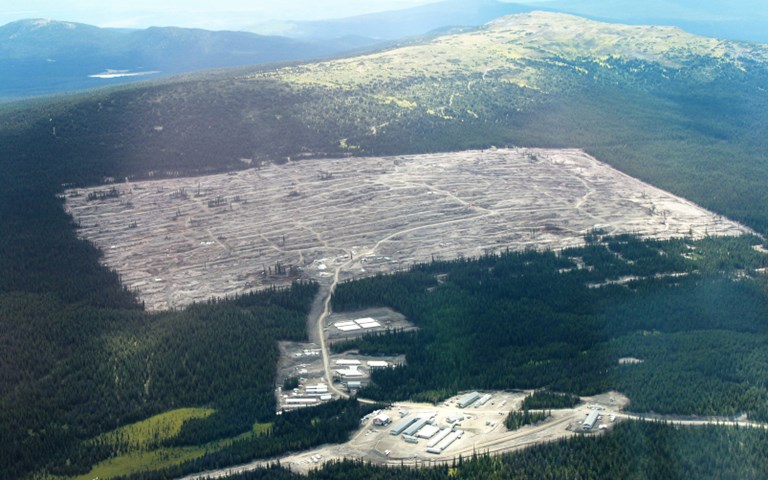Artemis initially purchased the Blackwater gold project from New Gold for $190 million back in June 2020. Courtesy of Artemis Gold.
On Sept. 13 Artemis Gold released the results of its 2021 feasibility study (FS), led by Ausenco Engineering, for its Blackwater gold project in central British Columbia. The FS brings several changes to the mine plan that, according to Artemis, will reduce the risk of the project and give a more accurate picture of its potential costs.
Artemis purchased the project from New Gold for $190 million in June 2020. At the time, New Gold was working on meeting environmental assessment conditions, conducting participation agreements with Indigenous communities and, due to a need for free cash flow, was openly “considering other strategic alternatives with respect to the Blackwater project,” which ultimately culminated in the sale to Artemis.
“Since the release of the 2020 PFS, Artemis has been focused on optimizing and de-risking the Blackwater project, which has culminated in the compelling economics outlined in the FS,” Steven Dean, chairman and CEO of Artemis said. “The FS has a more constrained cost estimate accuracy, better mitigates project risk, reflects current costs, and reflects an investment in electrification of the process plant in phase one to reduce the project's carbon footprint."
The project’s proven and probable reserves of eight million ounces of gold and 62.2 million ounces of silver from 334.3 million tonnes of ore grading at 0.75 grams gold and 5.8 grams silver per tonne is “effectively unchanged” compared to a 2020 prefeasibility study (PFS) released by Artemis. The project’s estimated net present value of $2.15 billion at a five per cent discount rate and a US$1,600 gold price is also in line with the previous study.
However, the 2021 FS highlights several changes in the approach to the planned development of the Blackwater Project through each of the three phases of development.
Related: BHP says its US$5.7 billion investment in potash project offers access to important future commodities
The company has made a commitment to reduce the carbon footprint of the project by replacing diesel and propane-powered equipment within the process plant during the development in phase one of its mine plan. In the new scenario, phase one’s throughput has been increased nine per cent to six million tonnes per year at an all-in sustaining cost of $884 per ounce, due to a larger crushing circuit, which increases estimated initial capital costs to $645 million, up from $592 million in 2020.
Mineral processing plant capacity in the mine are planned to continue to increase through phases two and three. Based on the study, phase two will see an increase to nine million tonnes per year in year five, and phase three will see an increase to 15 tonnes per year in year 10. Phase three’s throughput is expected to result in lower overall maintenance and labour costs by reducing to two mineral processing trains from a former three in the 2020 PFS. The expansions are projected to cost $347 million and $374 million respectively, reduced from $426 million and $398 million in the 2020 PFS.
As such, the net impact to the project’s life of mine capital to fund the mine’s three phases of development totals $1.417 billion, an increase of two million compared to the PFS.
Over the next 12 to 24 months, Artemis has said it will be focusing on completing an NI 43-101 report, finalizing a $360 million project loan, achieving final permitting requirements and engaging with Indigenous potentially impacted by the project.




